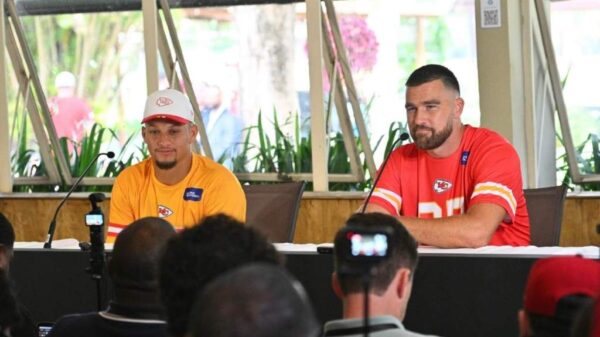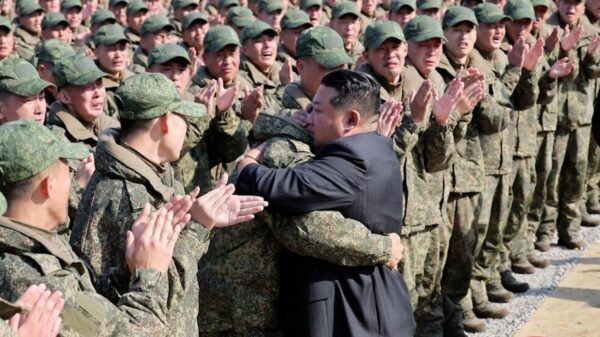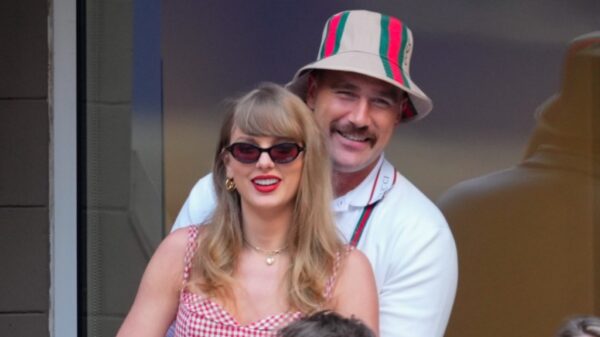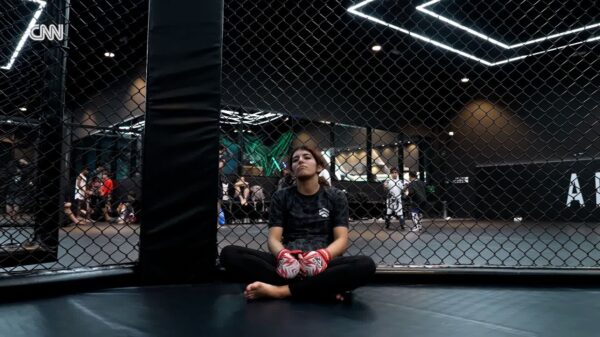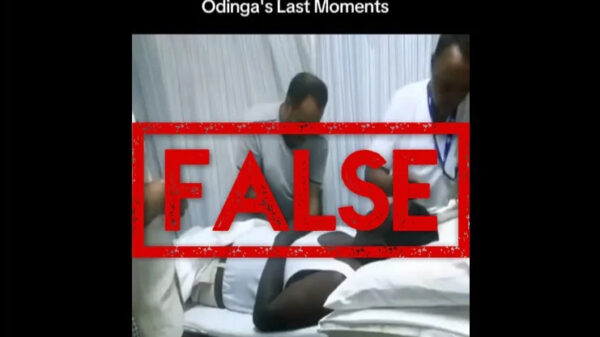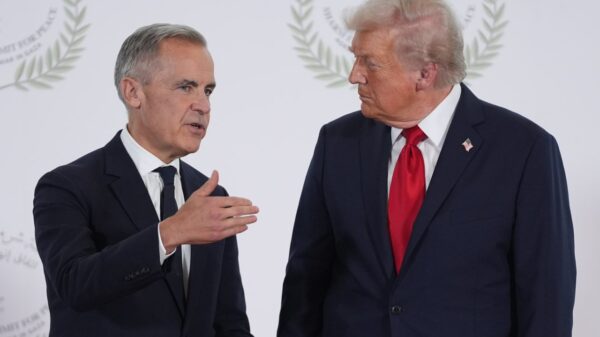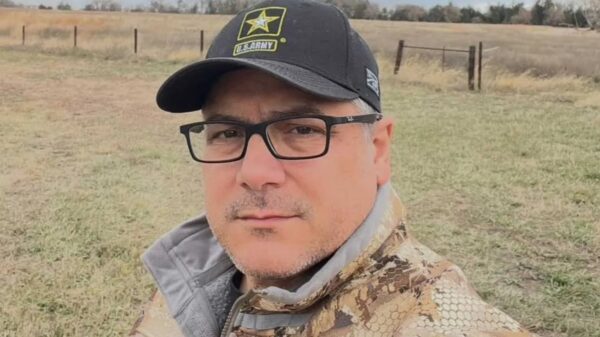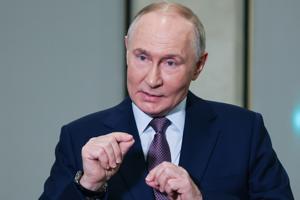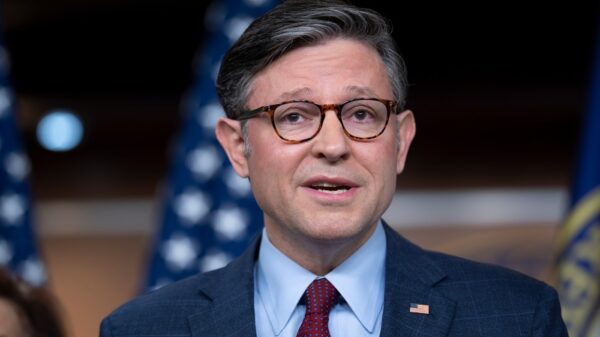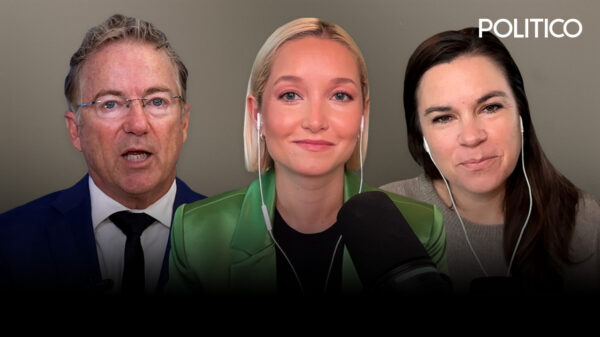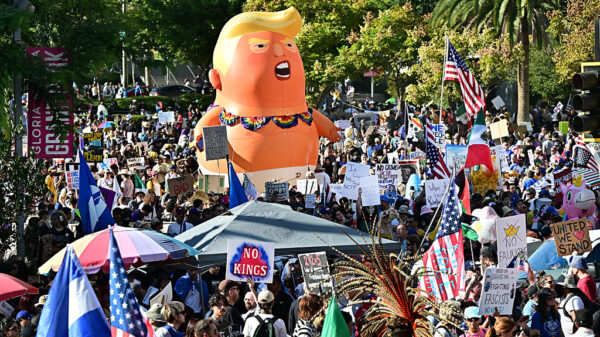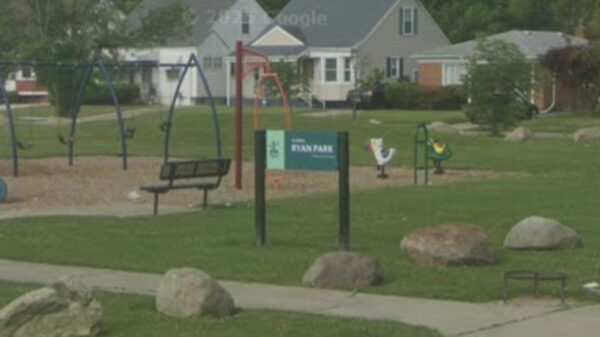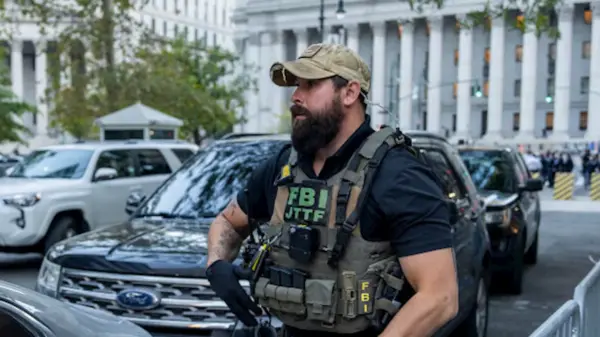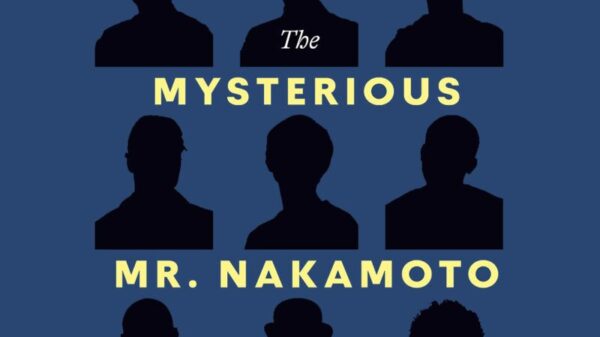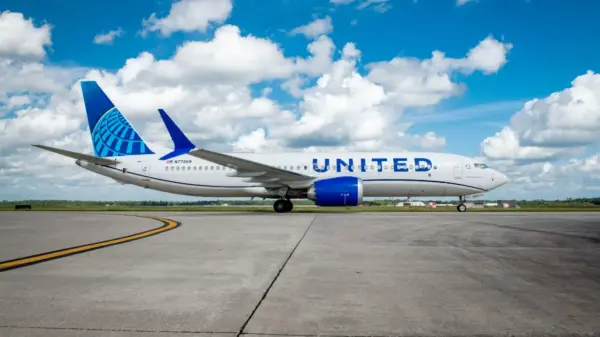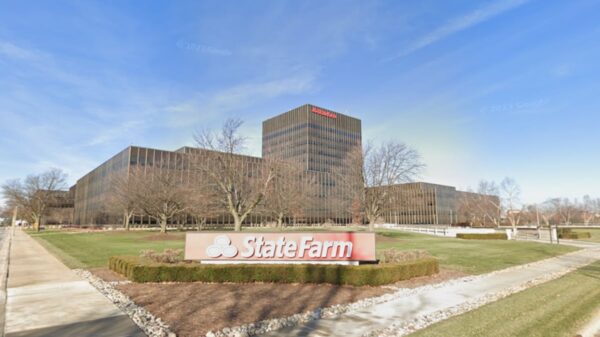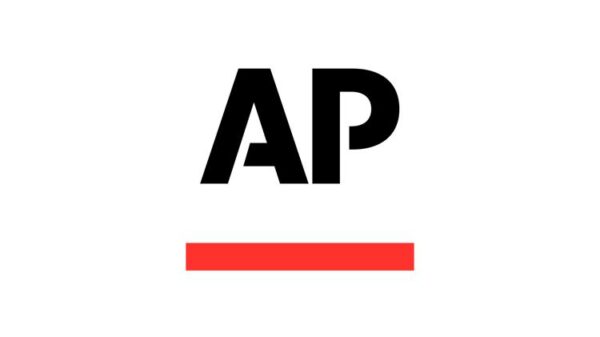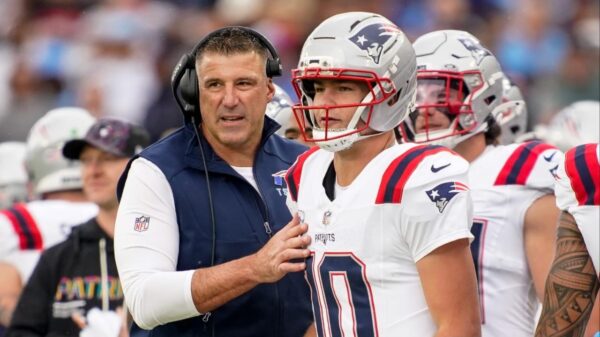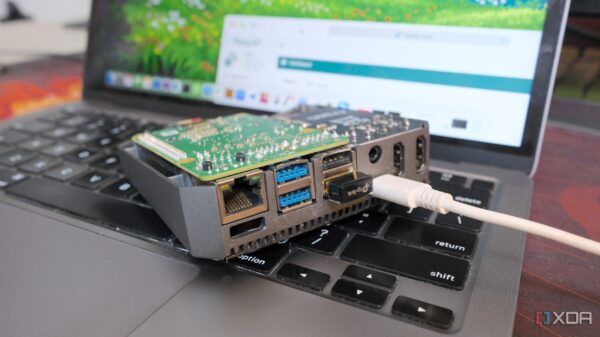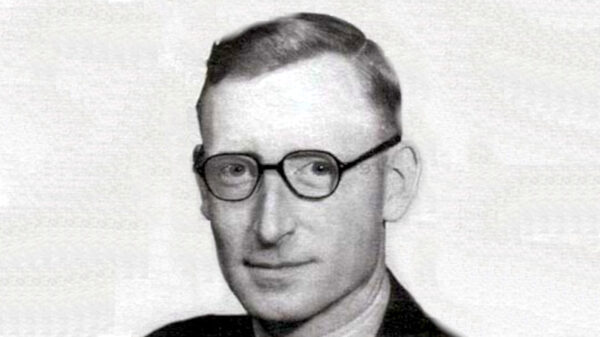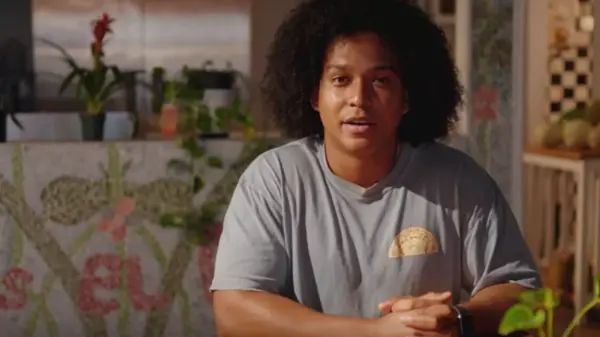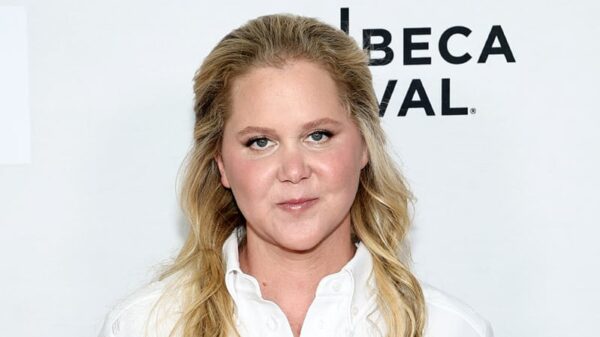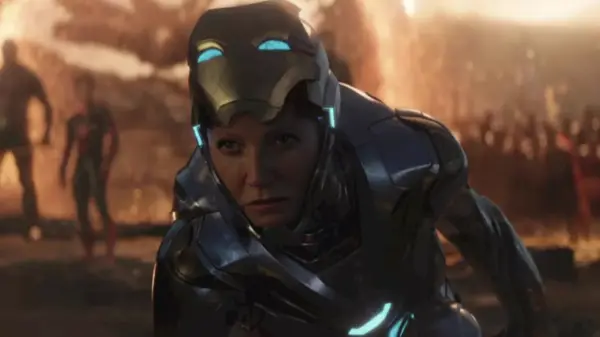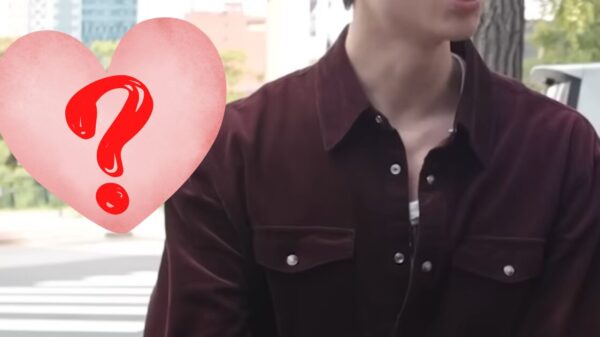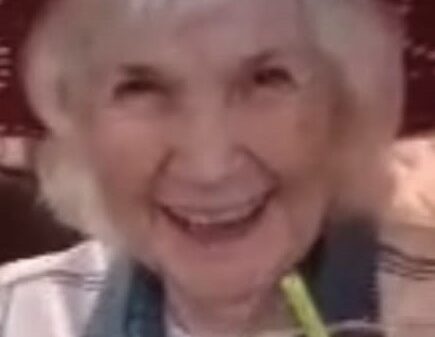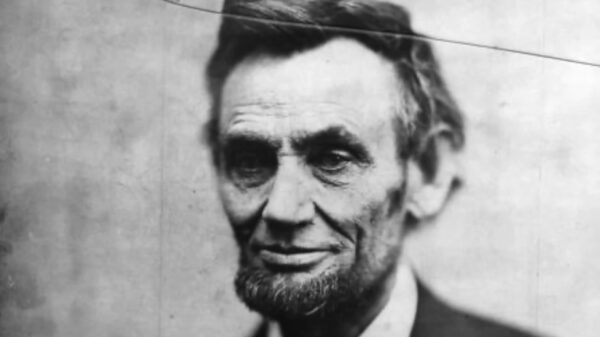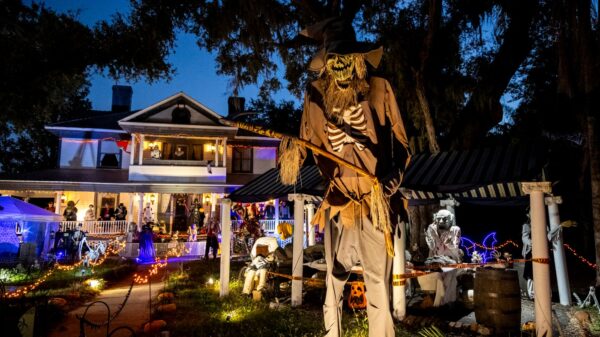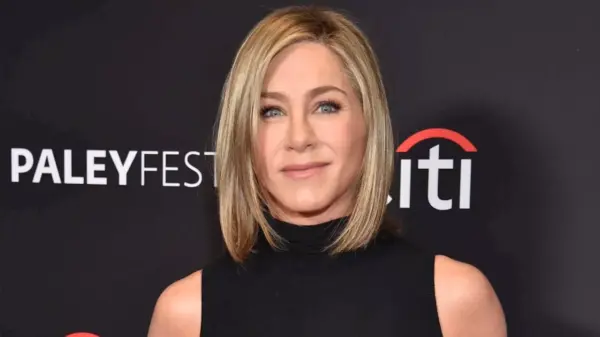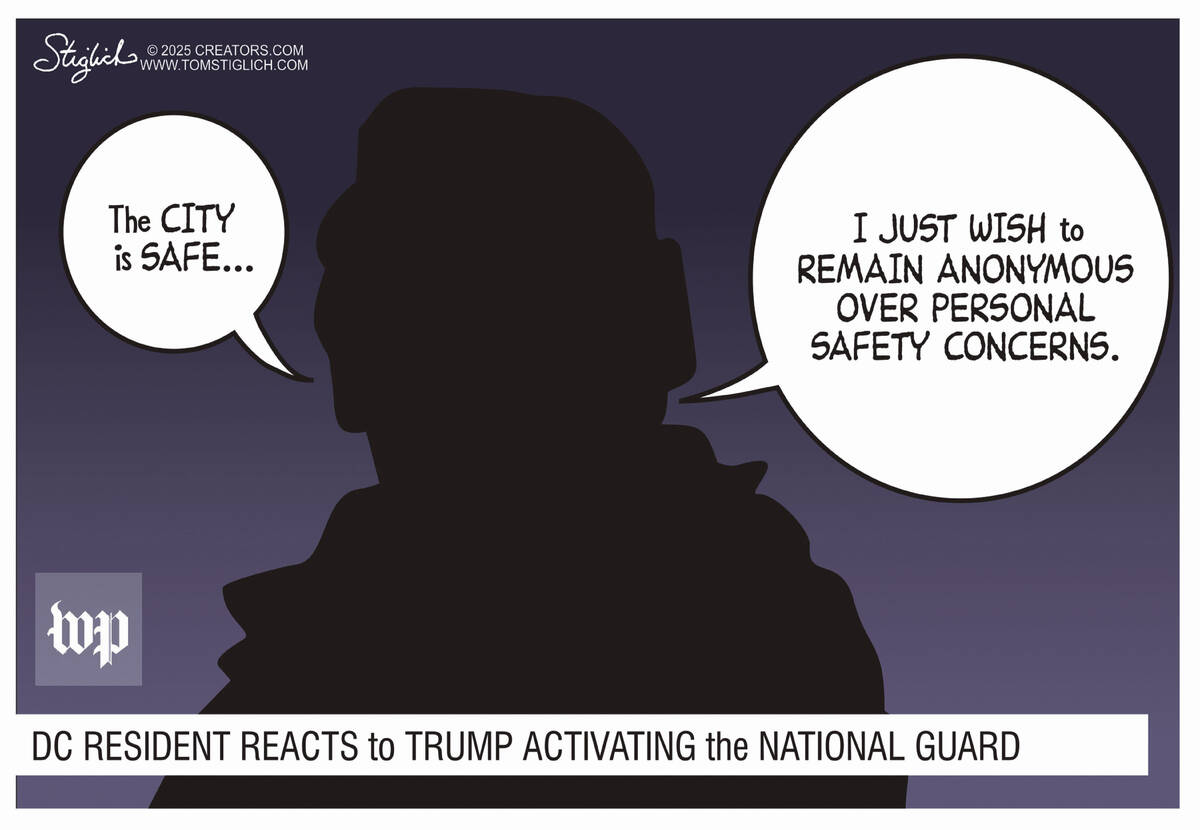Residents of Washington D.C. have voiced their opinions regarding the presence of the National Guard in their city through a series of editorial cartoons. These artworks capture a range of sentiments from pride to frustration, reflecting the complex feelings surrounding military involvement in civilian life.
Editorial cartoons have emerged as a powerful medium for local artists to convey public sentiment. In recent weeks, D.C. has seen an influx of National Guard personnel, prompting various reactions among its residents. The deployment, which began in response to security concerns, has become a focal point for discussions about the role of military forces in urban settings.
Art as a Reflection of Public Opinion
The cartoons illustrate diverse perspectives, often highlighting the tensions between security measures and civil liberties. One prominent cartoon by D.C. artist Maria Thompson depicts a soldier standing guard over a cityscape, with the caption questioning whether this presence enhances safety or undermines freedom. Such pieces resonate with many locals, who are grappling with the implications of having armed forces in their neighborhoods.
Another cartoon, created by James Lee, uses humor to address the situation. It shows a soldier attempting to blend in with tourists, poking fun at the surreal nature of military personnel mingling among civilians. This light-hearted approach serves to alleviate some of the anxiety surrounding the National Guard’s role while still prompting critical reflection on the overall situation.
Public Reaction and Future Implications
The dialogue sparked by these cartoons extends beyond artistry. Residents have engaged in discussions on social media platforms, sharing their thoughts and experiences related to the National Guard’s presence. Many express concerns about the long-term implications for civil rights and community dynamics in Washington D.C.
According to a survey conducted by the Washington Post in January 2024, approximately 62% of D.C. residents believe that the National Guard’s presence is necessary for safety, while 38% feel it leads to an erosion of civil liberties. This divide illustrates the ongoing debate about the balance between security and freedom in urban environments.
As the situation continues to evolve, the role of editorial cartoons in shaping public discourse remains significant. They provide a unique lens through which complex issues can be examined, fostering conversations that might not otherwise occur. The artistic expressions seen across the city serve not only as commentary but also as a reflection of the community’s collective conscience.
In summary, D.C. residents are using editorial cartoons to articulate their feelings about the National Guard’s presence, revealing a spectrum of opinions that highlight the tension between security and civil rights. As the discussion unfolds, these artistic expressions will likely continue to play a crucial role in shaping public opinion and influencing policy debates.

